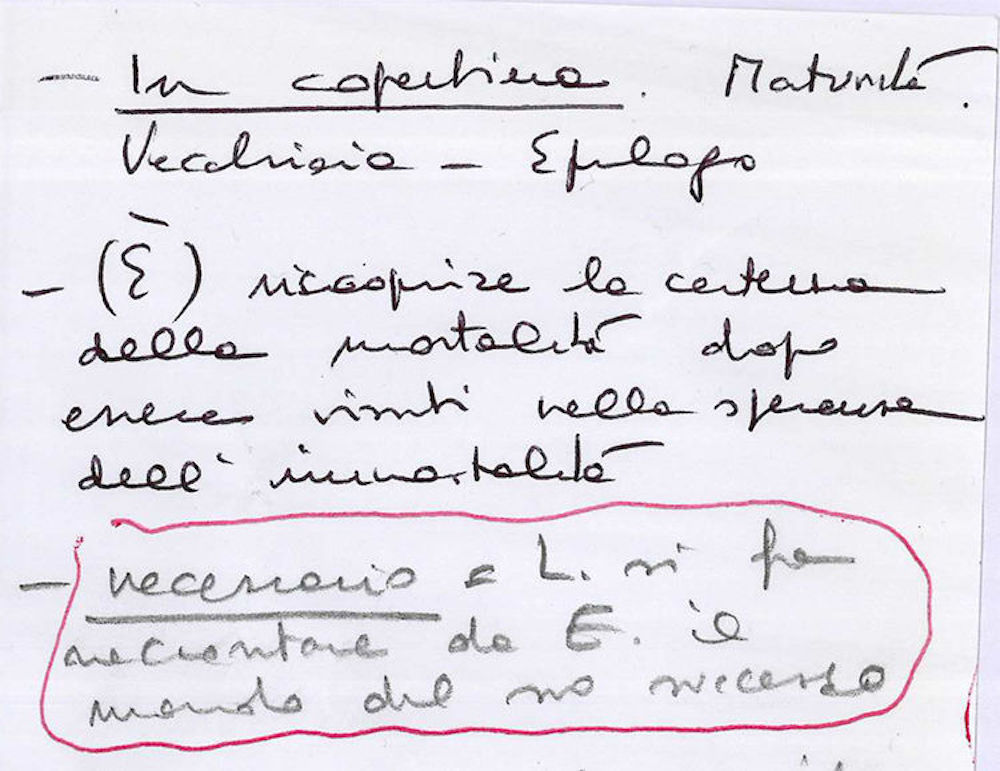Stargazers in the northern half of the world may80p Archivesable to view a brightening comet with simple binoculars and a cup of coffee over the next few days.
Right now, the ball of ice, dust, and rock is zipping through space in the constellation Leo. About 1.5 hours before sunrise, it should be visible in a northeastern direction in the sky.
Amateur astronomer Hideo Nishimura discovered the comet on Aug. 11, capturing the celestial object with a long exposure on a standard digital camera. The dirty snowball with a green head and a white tail was officially dubbed C/2023 P1, "Nishimura" for short, by the Minor Planet Center. With so many professional astronomical surveys constantly scanning the sky for near-Earth objects, an amateur discovery like this isn't common.
As Nishimura gets closer to the sun, it is also moving toward the horizon, making it more difficult to see after this week, according to the Night Sky Network, a partnership of amateur astronomy clubs and NASA's Jet Propulsion Laboratory in California.
SEE ALSO: Vigilant amateur asteroid hunters keep watch for menacing space rocksThis Tweet is currently unavailable. It might be loading or has been removed.
The comet will swing by Earth at a safe distance and make its closest approach to the sun on or about Sept. 18. At that point, it will be 27 million miles from the star, closer to it than Mercury. If it survives, people in the Southern Hemisphere could get their chance to see the comet later in the month.
Astronomers have described Nishimura as "close" because of the potential to see it with binoculars or possibly even the naked eye, depending on weather, light pollution, and how much it brightens over the coming days. But space is a big place: It will still be about 79 million miles away and not a threat to Earth.
Want more scienceand tech news delivered straight to your inbox? Sign up for Mashable's Light Speed newslettertoday.
 Comets are known for their millions-of-miles-long tails — ice and dust vaporizing in space. Credit: NASA / JPL-Caltech
Comets are known for their millions-of-miles-long tails — ice and dust vaporizing in space. Credit: NASA / JPL-Caltech Hundreds of years ago, comets were considered bad omens. Legend holds that Pope Callixtus III excommunicated Halley's Comet in 1456 as an "instrument of the devil," though a Catholic priest disputed that as myth in a 1908 article published in Popular Astronomy.
Scientists today know these icy objects as ancient relics of the early solar system, leftover from the days when planets around Earth were just forming. Astronomers often think of them as 4.5 billion-year-old time capsules. With limited data, experts have estimated that this particular comet completes an orbit every 434 years.
Laypeople sometimes confuse comets for shooting stars because they both involve space rocks that create glowing streaks, but the former are known for their millions-of-miles-long tails — ice and dust vaporizing in space.
"Asteroids are rocky, comets are icy, and meteors are much smaller and are the shooting stars that you see up in the sky," said Ryan Park, a near-Earth asteroid expert, in a NASA video.
(Editor: {typename type="name"/})
 Best iPad deal: Save $100 on 13
Best iPad deal: Save $100 on 13
 Staff Picks: Rivers, Rituals, and Rainy Days by The Paris Review
Staff Picks: Rivers, Rituals, and Rainy Days by The Paris Review
 Whiting Awards 2021: Xandria Phillips, Poetry
Whiting Awards 2021: Xandria Phillips, Poetry
 Redux: Montaigne Was Right by The Paris Review
Redux: Montaigne Was Right by The Paris Review
 Best robot vacuum deal: Save $200 on Eufy X10 Pro Omni robot vacuum
Best robot vacuum deal: Save $200 on Eufy X10 Pro Omni robot vacuum
A Typical Wall Street Republican
 Interviews for Resistance
...[Details]
Interviews for Resistance
...[Details]
NYT's The Mini crossword answers for January 12
 The Mini is a bite-sized version of The New York Times' revered daily crossword. While the crossword
...[Details]
The Mini is a bite-sized version of The New York Times' revered daily crossword. While the crossword
...[Details]
Announcing The Winners of the 2018 Whiting Awards
 Say Hello to the 2018 Whiting HonoreesBy Jeffery GleavesMarch 21, 2018Whiting Awards 2018For the fou
...[Details]
Say Hello to the 2018 Whiting HonoreesBy Jeffery GleavesMarch 21, 2018Whiting Awards 2018For the fou
...[Details]
‘The Book of Clarence’ review: The year’s first great comedy is a Biblical epic
 The line between straightforward drama and riotous satire blurs in The Book of Clarence, the second
...[Details]
The line between straightforward drama and riotous satire blurs in The Book of Clarence, the second
...[Details]
Panthers vs. Sharks 2025 livestream: Watch NRL for free
 TL;DR:Live stream Panthers vs. Sharks in the 2025 NRL for free on 9Now. Access this free live stream
...[Details]
TL;DR:Live stream Panthers vs. Sharks in the 2025 NRL for free on 9Now. Access this free live stream
...[Details]
Whiting Awards 2021: Jordan E. Cooper, Drama
 Jordan E. Cooper, DramaBy Jordan E. CooperApril 14, 2021Whiting Awards 2021Jordan E. Cooper. Photo:
...[Details]
Jordan E. Cooper, DramaBy Jordan E. CooperApril 14, 2021Whiting Awards 2021Jordan E. Cooper. Photo:
...[Details]
Redux: Montaigne Was Right by The Paris Review
 Redux: Montaigne Was RightBy The Paris ReviewMarch 16, 2021ReduxEvery week, the editors of The Paris
...[Details]
Redux: Montaigne Was RightBy The Paris ReviewMarch 16, 2021ReduxEvery week, the editors of The Paris
...[Details]
Poets on Couches: Brian Tierney Reads James Wright by Brian Tierney
 Poets on Couches: Brian Tierney Reads James WrightBy Brian TierneyApril 15, 2021Poets on CouchesNati
...[Details]
Poets on Couches: Brian Tierney Reads James WrightBy Brian TierneyApril 15, 2021Poets on CouchesNati
...[Details]
Creator job opportunities grew 7x in recent years [April 2025]
![Creator job opportunities grew 7x in recent years [April 2025]](http://n.sinaimg.cn/news/1_img/upload/6d34f853/369/w1689h1080/20190429/5RLJ-hwfpcxm8914851.jpg) If you want to be a creator, I have great news for you: There are plenty of jobs.Creators are now th
...[Details]
If you want to be a creator, I have great news for you: There are plenty of jobs.Creators are now th
...[Details]
Whiting Awards 2021: Joshua Bennett, Poetry and Nonfiction
 Joshua Bennett, Poetry and NonfictionBy Joshua BennettApril 14, 2021Whiting Awards 2021Joshua Bennet
...[Details]
Joshua Bennett, Poetry and NonfictionBy Joshua BennettApril 14, 2021Whiting Awards 2021Joshua Bennet
...[Details]
Bayern Munich vs. Leverkusen 2025 livestream: Watch Champions League for free

Syracuse vs. UNC basketball livestreams: Game time, streaming deals, and more

接受PR>=1、BR>=1,流量相当,内容相关类链接。